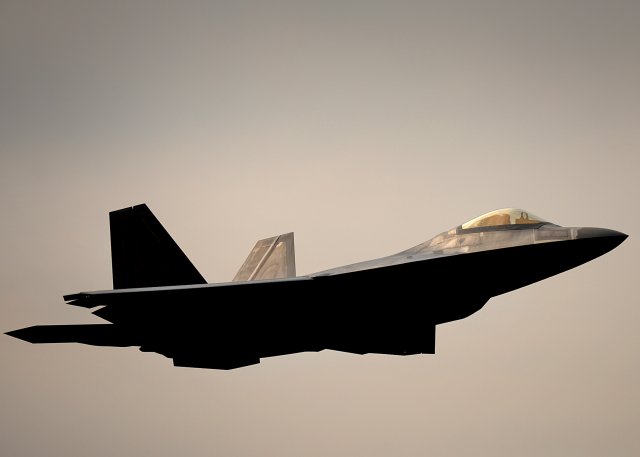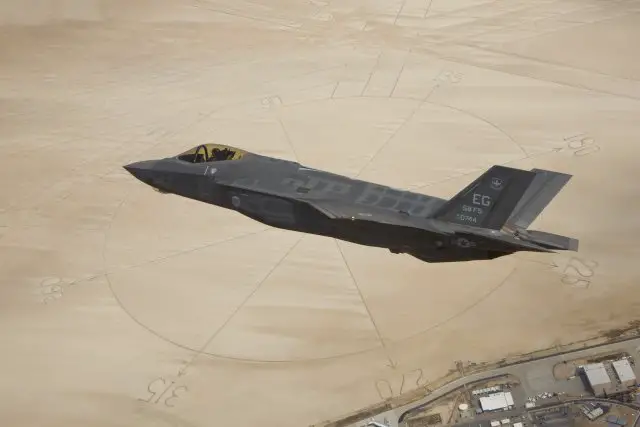| a | |||
|
|
|||
|
World Defense & Security News - Russia
|
|||
|
|
|||
|
Russia already eyes on 6th-gen unmanned fighter jet
|
|||
|
Russia is working on a new-generation fighter, according to former Russian Air Force Commander-in-Chief Gen. Pyotr Deinekin. "The development of the new-generation fighter began in 2013," the general said, adding that the new aircraft would be unmanned.
|
|||
|
|
|||
 A RuAF Sukhoi T-50 PAK FA 5th-gen fighter aircraft A RuAF Sukhoi T-50 PAK FA 5th-gen fighter aircraft(Credit: Maxim Maksimov) |
|||
|
|
|||
|
"Although future warplanes will be unmanned, manned aircraft will be around for a long time," Honored Test Pilot of the Russian Federation Sergei Bogdan believes. He shares the opinion of US experts that sixth-generation aircraft prototypes would not fly until 2030 at the earliest. Bogdan proceeds from the premise that the gap between the maiden flight of the fourth-generation fighter and the start of the flight tests of the fifth-generation one was 35 years, the quick technological progress notwithstanding.
Andrei Chizh, an aviation documentation expert with the Eagle Dynamics Company, concurs. "While the generation change took 10-15 years in the middle of the 20th century, the fourth generation (of aircraft) has been in service for 30-40 years. The fifth generation is expected to be in service for 50 years," he believes. Artificial intelligence technologies may well make great strides over such a long period, making unmanned aerial vehicles (UAV) more effective than the current aircraft. In Chizh’s opinion, present-day UAVs capable of the intelligence, surveillance, reconnaissance (ISR) and strike roles may be regarded as the first swallows announcing the sixth generation of aircraft. The expert also presumes that early sixth-generation planes will fly at the cusp of the 2030s. Alexei Batyev, chief, 2nd Force Development Research Center, Russian General Staff Academy, says that "UAV’s are to become much brainier and receive the complete set of capabilities inherent in manned aircraft" soon, e.g. gaining air superiority, providing air defense and missile defense and delivering strategic nuclear weapons. In his opinion, these drastic changes in UAVs may occur as soon as 10-15 years further down the road. In addition, small drones will play an important part, flying ISR missions and delivering surgical strikes against the enemy. |
|||
|
|
|||
 An F-22 Raptor from the 95th Fighter Squadron conducts air-to-air training April 11, 2016, at Royal Air Force Lakenheath, England An F-22 Raptor from the 95th Fighter Squadron conducts air-to-air training April 11, 2016, at Royal Air Force Lakenheath, England(Credit: U.S. Air Force/Tech. Sgt. Matthew Plew) |
|||
|
|
|||
|
Sergei Korotkov, general designer/vice-president, innovation, United Aircraft Corporation, singled out effectiveness from the key features of future combat aircraft. "Today, the effectiveness of net-centric warfare-capable systems is more important for winning a war than personnel and materiel strength is. Technological superiority is the most important yardstick of the combat readiness of a country’s air and space forces," Korotkov believes.
According to experts, sixth-generation aircraft will evolve from the previous-generation warplanes. First, future fighters should be stealthy, which can be achieved by means of both advanced airframe design and aerodynamic configuration solutions and radar-absorbing materials. Second, sixth-generation fighters should have the all-aspect attack capability, using hypersonic missiles against targets of all types. This necessitates the development of an all-round information system. The third feature of future aircraft must be a common information and command system. However, sixth-generation aircraft will feature drastically novel properties as well, e.g. directed-energy weapons and sophisticated engines enabling them to attain hypersonic sped in the future. In addition, there will be both manned and unmanned versions of advanced aircraft. Lasers may be fitted to sixth-generation aircraft to augment their weapons suites. In particular, the US Air Force (USAF) is interested in the development of three types of lasers - a low-power device for target illumination, tracking and designation, a medium-power laser for jamming the electro-optical systems of warplanes and the heat-seekers of missiles and a high-power one to deal with missiles and ground targets. It is unknown whether such work is under way in Russia or not. |
|||
|
|
|||
 The second production model F-35A Lightning II aircraft flies above the compass rose of Rogers Dry Lakebed at Edwards Air Force Base, Calif., May 13, 2011 The second production model F-35A Lightning II aircraft flies above the compass rose of Rogers Dry Lakebed at Edwards Air Force Base, Calif., May 13, 2011(Credit: Paul Weatherman) |
|||
|
|
|||
|
Another problem the designers of sixth-generation aircraft may encounter is the development of an adaptive engine. The latter should have three ducts, and its most important component will be the adaptive fan regulating the airflow via the third duct. Such a device will allow varying the airflow and bypass ratio, which, in turn, will ensure optimum performance at every particular altitude and speed. This will result in a 25% reduction in fuel consumption.
Another problem may come in the form of developing an all-unmanned sixth-generation aircraft variant. Sergei Moiseyev, program chief, Military Aircraft Program Directorate, UAC, presumes that "the preferable solution is an optionally manned airplane capable of operating in both manned and unmanned modes." In the former case, an aircraft like that may be used on most dangerous missions, e.g. suppression of enemy air defenses (SEAD) and attacks on high-value surface targets. In the longer run, the unmanned fighter variant may handle air battles as well, the expert believes. The United States is going to set aside funds for its sixth-generation fighter development program as soon as 2016, with the resultant aircraft designed to replace the Lockheed Martin F-22 Raptor and Lockheed Martin F-35 Lightning II fighters after 2030. The program has been dubbed F-X by the USAF and F/A-XX by the US Navy. The program, which also is called Aerospace Innovation Initiative, is aimed at giving the USAF an edge over the Russian and Chinese air forces in the 2030s. The Pentagon assumes that the work on the aircraft’s key technologies, including its avionics, engine, etc., will be completed in 2018 and that early prototypes of the future fighter are to fly by 2030. Special mention should be made that as many as two sixth-generation aircraft are being developed - one for the USAF and the other for the US Navy. The research conducted in the United States has shown that attempts to devise a one-size-fits-all program for all armed services results in a 65% increase in the development costs, with the F-35 being a good case in point. |
|||
|
|
|||
|
© Copyright 2015 TASS. All rights reserved. This material may not be published, broadcast, rewritten or redistributed.
|
|||
















